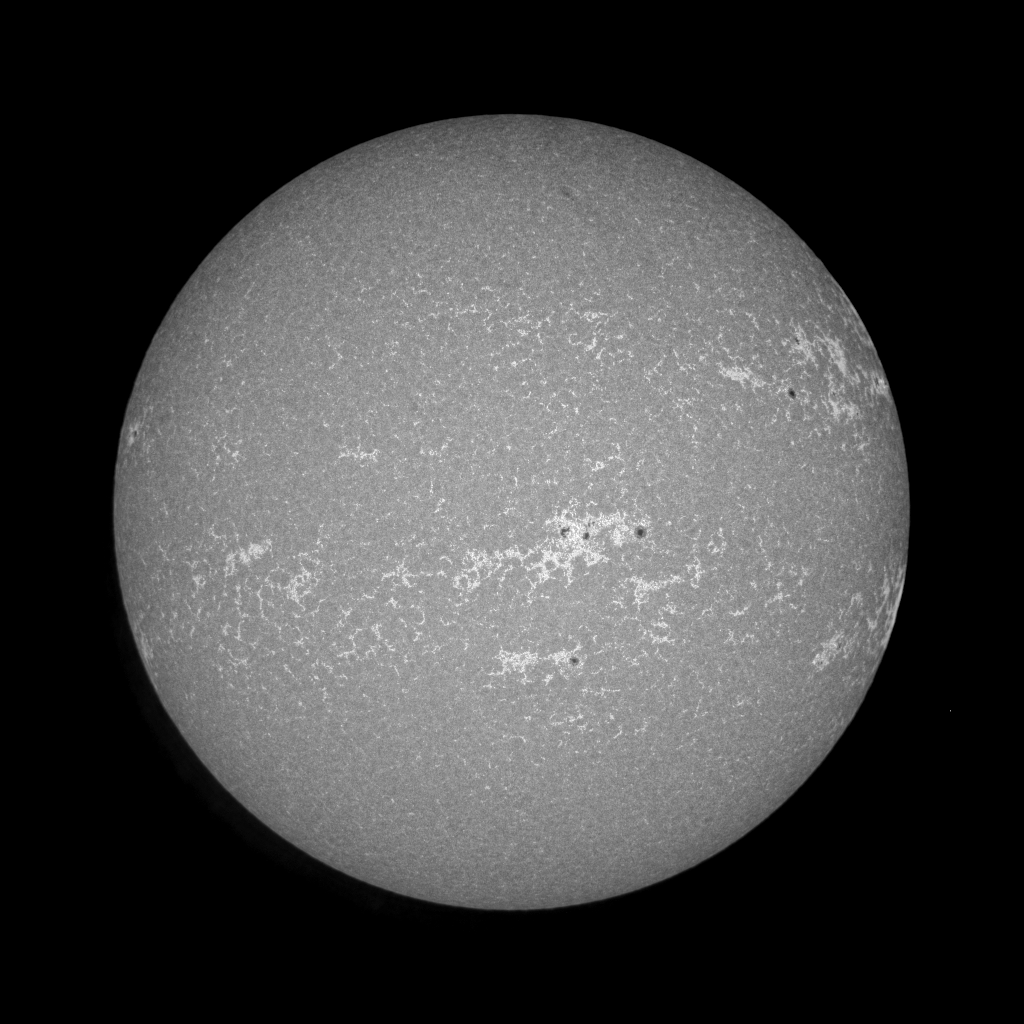The Orion Nebula also known as M42, or NGC 1976) is a diffuse nebula situated south of Orion's Belt in the constellation of Orion. It is one of the brightest nebula, and is visible to the naked eye in the night sky. M42 is located at a distance of 1,344 light years away and is the closest region of massive star formations to Earth. M42 nebula is estimated to be 24 light years across.
January 23rd 2012
This image of Orion was taken with the WYAS 14" Meade SCT.
I used my Canon 40D with an f6.3 reducer to enlarge the view area to capture the full expanse of the Nebula. The image consists of 15 out of 30, 60 second exposures taken at ISO 500. This is approx. 15 minutes exposure time.Stacked in DSS (Deep Sky Stacker), saved as a 32Bit TIF file and then final processing was done in CS5.
Final processing can adjust the tones, color and overall image to show different parts of the Nebula.
The two images to the right are the same base image file but they have been processed differently in the final CS5 processing.
Which do you prefer??
March 27th 2012
This image was taken at a WYAS open night on the Telescope pad.
This image is a stack of 38 x 20sec. frames @ ISO 640 using my Canon 40D on my Celestron 8" U2K SCT. This is approx. 12.6 minutes exposure time. Images taken in RAW were stacked using Deep Sky Stacker software to create a composite image with final image processing done in CS5.
Note the overall exposure on all these images has not burnt out the star cluster in the middle of Orion. However, you can see that the blacks on the upper two images are much better than the lower image. This is partly due to the position of Orion in the sky in March and visibility in March was slightly cloudy which has not given as clear an image. HOWEVER, it does show that you can obtain acceptable images even when seeing is not as good as it could be.














